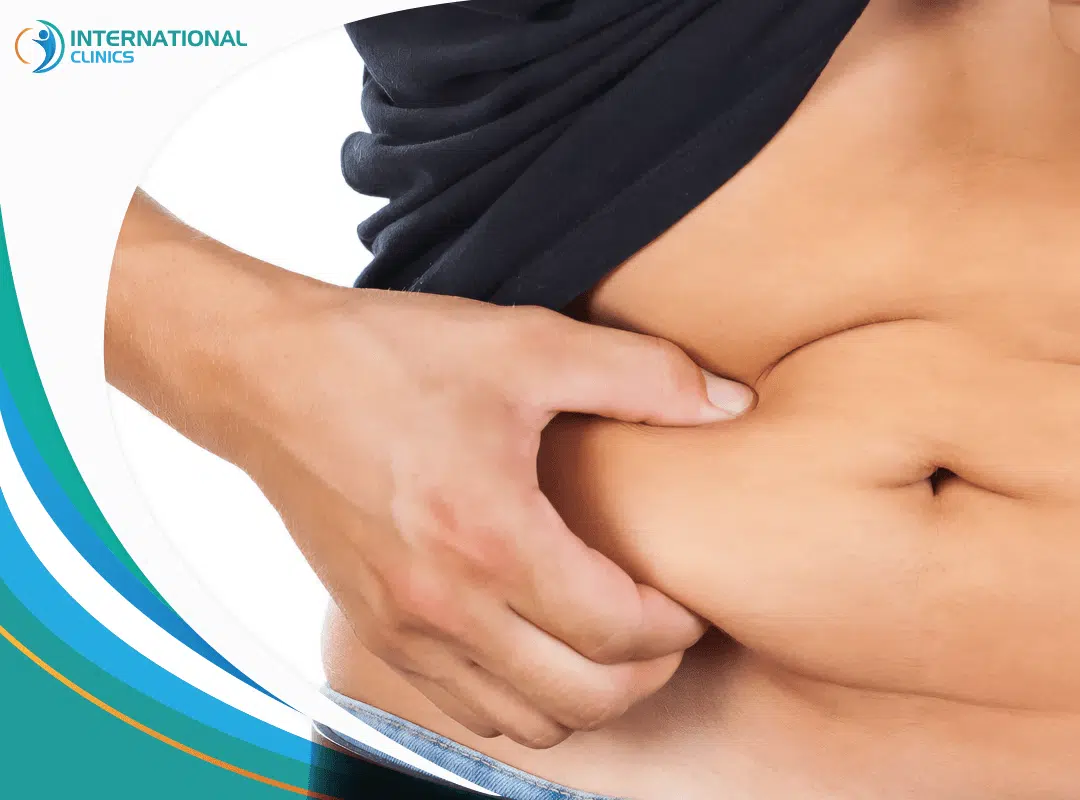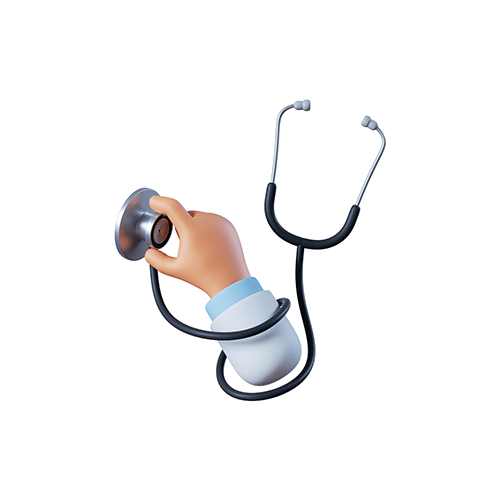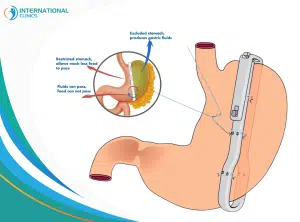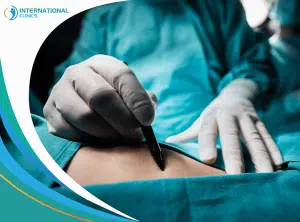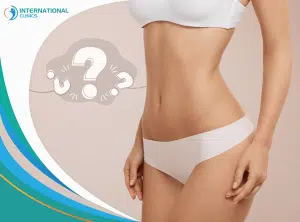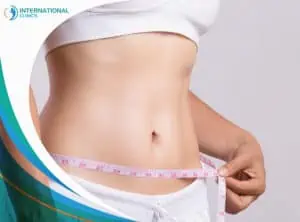Fluid pockets are a common occurrence after liposuction surgery and can cause swelling and discomfort. But what exactly are these fluid collections, and how can you get rid of them?
Liposuction in Turkey is a popular cosmetic procedure that helps remove excess fat from specific areas of the body.
During the surgery, small incisions are made, and a cannula is used to suction out the unwanted fat cells. While this procedure can provide excellent results, it can also lead to the accumulation of lymph fluids in certain areas.
Fluid pockets occur when lymph liquids build up in the spaces left behind after fat removal. These collections can cause swelling, tightness, and even pain in some cases.
So let’s uncover everything you need to know about getting rid of those pesky fluid pockets after liposuction!
Understanding the Causes of Fluid Buildup and Timeframe for Fluid Loss After Liposuction
Fluid buildup, also known as seroma retention, is a common occurrence after liposuction. This phenomenon happens due to the trauma caused by the surgical procedure, which leads to inflammation and excess fluid accumulating in the treated areas.
Other causes of Fluid Buildup:
- Inflammation
- Blood Vessel Damage
- Timeframe for Fluid Loss
- Disruption of the Lymphatic System
The timeframe for fluid loss varies from person to person, but it typically resolves within a few weeks to months after liposuction.
Several factors influence how long it takes for the body to eliminate this excess fluid. One crucial aspect is the extent of liposuction performed. The more extensive the procedure, the longer it may take for the body to reabsorb and eliminate the accumulated fluids.
Factors such as the extent of liposuction, individual healing capacity, and adherence to post-operative care instructions influence how long it takes for fluids to dissipate.
How to Reduce Swelling After Liposuction Surgery
Swelling is a normal part of the healing process after liposuction surgery. While it may be uncomfortable and can last for several weeks, there are steps you can take to help reduce swelling and promote a faster recovery. By following these tips, you’ll be on your way to feeling more comfortable in no time.
Applying Cold Compresses or Ice Packs
One effective way to reduce post-surgical swelling is by applying cold compresses or ice packs to the treated area. The cold temperature helps constrict blood vessels, which in turn reduces inflammation and swelling.
Simply wrap an ice pack in a thin cloth and gently place it on the swollen areas for about 15 minutes at a time. Repeat this process several times throughout the day, especially during the first few days after surgery.
Wearing Compression Garments
Your surgeon will likely recommend wearing compression garments after liposuction surgery. These specialized garments provide gentle pressure to the treated areas, helping to minimize swelling and improve blood flow.
It’s important to wear them as instructed by your surgeon, as they play a crucial role in your recovery process. Compression garments not only reduce swelling but also provide support to the newly contoured body areas, ensuring optimal results.
Avoiding Strenuous Activities and Elevating the Treated Area
To further aid in reducing post-surgical swelling, it’s essential to avoid strenuous activities that could increase blood flow and exacerbate inflammation.
Take it easy during your recovery period and refrain from activities such as heavy lifting or vigorous exercise. Prop pillow under your legs, Elevating the treated area above heart level can help reduce swelling by promoting better circulation and drainage of fluids.
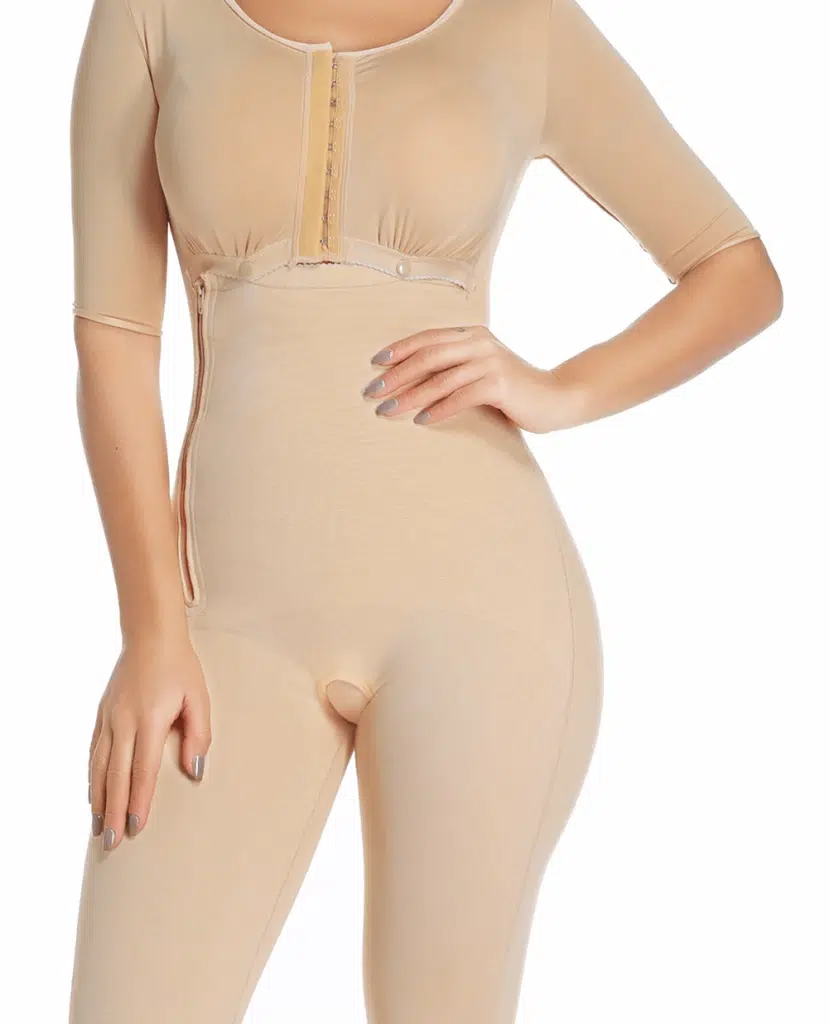
Get Your Free Consultation Now!
How to Get Rid of Fluid Pockets after Liposuction?
If you’re experiencing excess fluid pockets after liposuction surgery, it’s important to explore the various treatment options available. While most patients recover without complications, in some cases, fluid collections can persist and require further intervention. Here are some treatment options to consider:
1- Aspiration or Drainage
One of the primary methods for addressing persistent fluid pockets is aspiration or drainage. During the aspiration process, your surgeon will insert a thin needle into the fluid pocket and gently suction out the excess fluid.
This minimally invasive procedure is usually performed under local anesthesia and typically provides immediate relief. By carefully extracting the accumulated fluid, this technique helps alleviate discomfort and reduce swelling in the treated area.
2- Surgical Intervention
Surgical intervention typically involves making a small incision near the affected area to drain or remove the accumulated fluids directly. This approach allows for more precise control over the removal process and ensures that all pockets of excess fluid are adequately addressed.
It’s essential to consult with your surgeon about appropriate treatment options based on your specific circumstances.
They will assess factors such as the location and size of the fluid pockets, as well as any associated symptoms you may be experiencing, before recommending an appropriate course of action.

Effective Techniques for Smoothing Out Your Stomach Post-Liposuction
Gentle Massage Techniques
One effective technique to consider for smoothing out irregularities in the stomach area after liposuction is gentle massage. Gentle massage not only helps to smooth out your stomach but also encourages proper lymphatic drainage.
This simple and non-invasive approach can aid in redistributing fluid and promoting healing. By applying gentle pressure and using circular motions, you can help break up any fluid pockets that may have formed during the procedure.
Following Surgeon’s Instructions
Your surgeon will provide specific guidelines tailored to your unique needs, ensuring optimal results. Compression garments play a vital role in maintaining consistent pressure on the treated areas, helping to minimize swelling while supporting the healing process. These specialized garments also aid in preventing the formation of fluid pockets by promoting proper circulation.
Embracing a Healthy Lifestyle
Maintaining regular exercise routines and following a balanced diet are essential factors that can enhance the results of liposuction and contribute to long-term satisfaction. Regular physical activity not only helps prevent weight gain but also promotes muscle toning and overall well-being.
Engaging in exercises that target the abdominal area, such as planks or crunches, can help strengthen the underlying muscles and further enhance the smoothness of your stomach.
Focusing on a nutritious diet rich in fruits, vegetables, lean proteins, and whole grains will support your body’s healing process and aid in maintaining a toned appearance.
Incorporating Rest and Hydration for Optimal Recovery
The Importance of Hydration in Recovery
Drinking an adequate amount of water helps flush out toxins from the body, supports digestion, and aids in reducing inflammation.
It also plays a crucial role in preventing fluid retention and the formation of fluid pockets. During the recovery period, it’s recommended to drink at least eight glasses (64 ounces) of water per day.
Individual needs may vary depending on factors such as climate, activity level, and overall health. If you engage in intense physical activities or live in a hot climate, you may need to increase your water intake accordingly.
In addition to water, sports drinks can be beneficial during the initial stages of recovery when you might experience limited appetite or difficulty consuming solid foods. Sports drinks contain electrolytes that help replenish minerals lost through sweating and aid in maintaining proper hydration levels.
Rest and Recovery Go Hand-in-Hand
Adequate rest allows your immune system to function optimally and promotes efficient tissue repair. Ensure you get seven to nine hours of sleep each night to support the healing process. During sleep, the body releases growth hormones that facilitate tissue regeneration and repair damaged cells.
Avoid strenuous activities or exercises that could strain the surgical area during the initial stages of recovery. Your surgeon will provide specific instructions regarding when it is safe to resume physical activities based on your unique circumstances.

Will Lumps Go Away on Their Own? Addressing Common Concerns
Small lumps or irregularities are common after liposuction but often resolve on their own over time.
During liposuction, fat is suctioned out of specific areas of your body. This removal can sometimes result in unevenness or small pockets of fluid forming beneath the skin.
However, as your body heals and adjusts to its new contour, these lumps tend to smooth out naturally over time. It’s essential to have patience during this period and give your body the opportunity to heal itself.
Gentle massage techniques prescribed by your surgeon can help smoothen out these areas during the healing process.
Massage therapy aids in stimulating blood circulation and reducing inflammation around the affected areas.
By gently massaging these regions, you encourage proper healing and improve overall tissue texture. It’s crucial to follow your surgeon’s instructions carefully when performing self-massage at home to ensure you don’t disrupt the healing process.
In some cases, additional treatments such as ultrasound therapy or fat grafting may be necessary to address persistent lumps or contour irregularities effectively.
If lumps or bumps are not improving or seem to be getting worse, In such cases, your surgeon may recommend additional treatments tailored to address these specific concerns.
One option is ultrasound therapy, which uses sound waves to break down stubborn fat cells and smooth out the affected areas. This non-invasive procedure can help improve the appearance of persistent lumps and contour irregularities.
Another possible solution is fat grafting, where fat from one part of your body is transferred to another area with irregularities. This technique allows for precise sculpting and can effectively correct any remaining asymmetry or visible lumps.
Regular follow-up visits with your surgeon will allow them to assess progress and address any concerns you may have about lingering lumps.
Maintaining regular follow-up visits with your surgeon is crucial throughout your recovery journey after liposuction.
During these visits, your surgeon will evaluate the areas treated during liposuction and assess how well they are healing. They can provide guidance on self-massage techniques, recommend additional treatments if necessary, and offer reassurance about the normalcy of any remaining irregularities.
Harnessing the Power of Iron for Faster Healing
One crucial element that can significantly impact your healing process is iron. Adequate levels of iron in your body play a vital role in promoting faster healing and optimal recovery after the procedure.
The Importance of Iron in Wound Healing
Iron-rich foods such as lean meats, spinach, and legumes help replenish your iron levels, which are essential for the production of red blood cells.
Red blood cells carry oxygen to tissues throughout your body, including those affected by liposuction surgery. Ensuring sufficient oxygen supply to these tissues facilitates their healing and reduces the overall healing time.
Moreover, incorporating iron-rich foods into your diet can aid in reducing post-operative fatigue. Fatigue often occurs due to decreased energy levels resulting from tissue trauma caused by the surgical procedure.
Maintaining proper iron levels through diet or supplementation provides your body with the necessary resources to combat fatigue and promote overall healing.
Consulting with Your Surgeon or Healthcare Professional
it is important to consult with either your surgeon or a healthcare professional. Your surgeon’s expertise in liposuction procedures allows them to understand how different nutrients affect wound healing. They can recommend appropriate dietary changes or supplements tailored specifically to enhance your recovery process.
Supporting Faster Healing Through Iron Supplementation
In some cases, depending on factors such as pre-existing deficiencies or inadequate dietary intake of iron-rich foods, your doctor may recommend iron supplementation to support your healing process.
Taking too much iron can lead to adverse effects, while insufficient intake may hinder the healing process. Besides, these supplements can add up to the total liposuction cost in Turkey. Your healthcare provider will determine the appropriate dosage and duration based on your individual needs.
Speak with Certified-Board Surgeons!
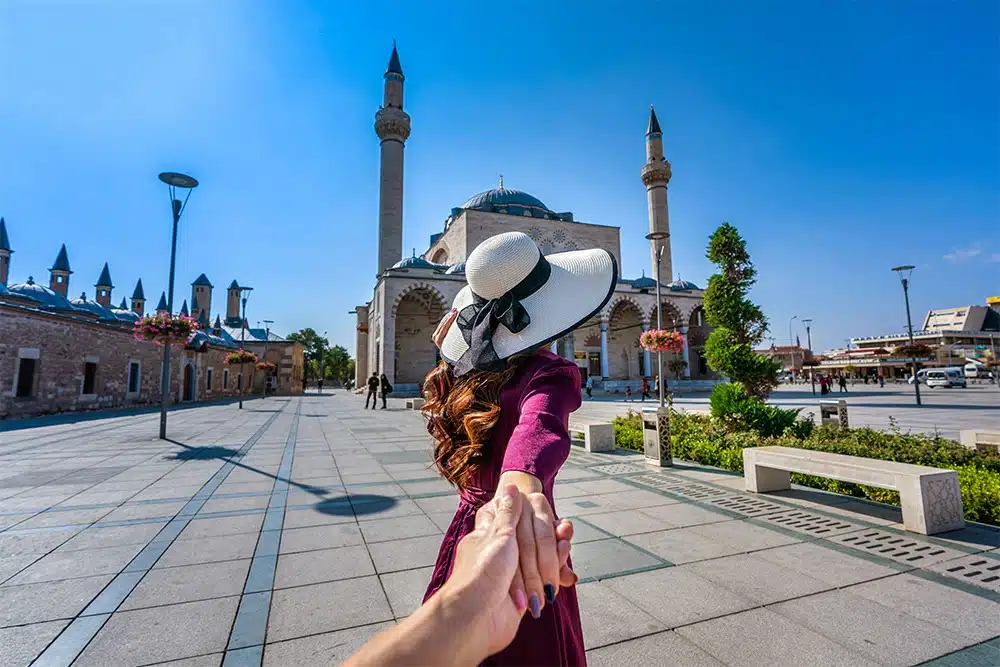
Ice Packs and Cold Therapy for Swelling Reduction
After undergoing liposuction surgery, it is common to experience swelling and the formation of fluid pockets in the treated areas.
Applying ice packs or cold compresses directly to the affected areas can have a significant impact on reducing post-liposuction swelling. The cold temperature helps to narrow the blood vessels, limiting the amount of fluid that accumulates in the tissues.
In addition to reducing swelling, cold therapy provides temporary relief from any discomfort or pain associated with fluid pockets after liposuction surgery.
The numbing effect of cold temperatures can help alleviate these symptoms by dulling nerve sensitivity in the treated areas. This temporary relief can be quite comforting during the initial stages of recovery.
While utilizing ice packs for swelling reduction is beneficial, it is crucial to follow your surgeon’s instructions regarding their proper usage.
Applying them for extended periods or using them incorrectly may lead to skin damage or other complications. Your surgeon will provide guidance on how frequently you should apply cold therapy and for how long each session should last.
To enhance the effectiveness of cold therapy in reducing persistent swelling after liposuction, it is often recommended to combine it with other techniques such as wearing compression garments.
Compression garments exert gentle pressure on the treated areas, helping to prevent excessive fluid buildup and promoting better circulation. When used alongside ice packs or cold compresses, compression garments can significantly expedite healing and improve overall results.
Gentle Exercise to Aid Digestion and Decrease Swelling
Engaging in gentle exercises such as walking can be incredibly beneficial for your body after undergoing liposuction. Not only does it promote healthy digestion, but it also aids in reducing post-procedure swelling. Let’s dive into why incorporating light physical activity into your recovery routine is essential.
Walking: A Simple Yet Effective Solution
Walking is a fantastic exercise choice following liposuction due to its low-impact nature. When you walk, your lymphatic system gets activated, playing a vital role in maintaining fluid balance and removing waste from tissues.
The lymphatic system relies on muscle contractions to pump lymph fluid throughout the body, so engaging in light exercise like walking helps facilitate this process.
Gradual Increase in Exercise Intensity
While walking is highly recommended after liposuction, it’s important to avoid high-intensity workouts or activities that strain the treated areas until cleared by your surgeon during follow-up visits.
As you progress through your recovery journey, gradually increasing exercise intensity under professional guidance can support a smooth healing process while minimizing the formation of fluid pockets.
Lymphatic Drainage Massages: An Added Benefit
During a lymphatic drainage massage session, a trained therapist uses gentle pressure and rhythmic movements to stimulate lymph flow.
This helps remove excess fluid, reduce edema, and enhance the body’s natural healing process. Lymphatic drainage massages can be particularly beneficial in preventing the formation of fluid pockets after liposuction.
Conclusion
In conclusion, fluid buildup, known as seroma formation, is a common occurrence after liposuction surgery. Initially, there is significant swelling and fluid retention immediately after the procedure. The first week is characterized by peak swelling and fluid accumulation.
During the first month, the body gradually reabsorbs the accumulated fluid, aided by lymphatic drainage massage and postoperative care instructions. By the three to six-month mark, most fluid buildup should resolve, although individual healing times may vary.
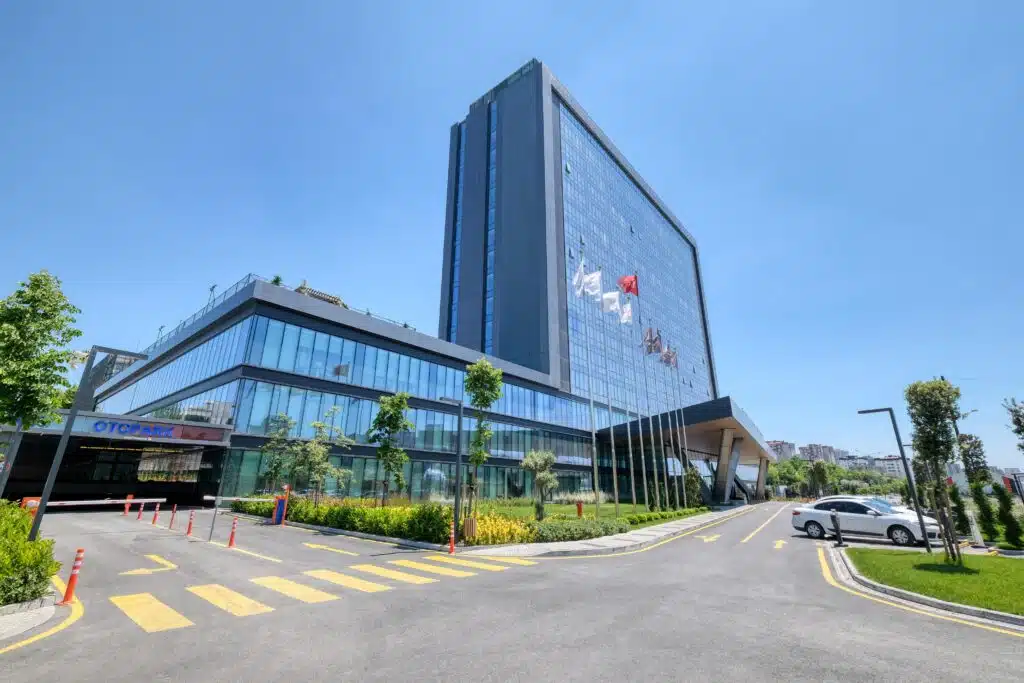
FAQs
The timeframe for fluid loss after liposuction varies from person to person. Generally, most of the swelling and fluid retention will subside within a few weeks to a couple of months post-surgery.
While gentle self-massage may help promote lymphatic flow and reduce swelling, it is essential to consult with your surgeon before attempting any massage techniques on the treated areas.
While there are no specific home remedies guaranteed to eliminate fluid pockets entirely, following post-operative care instructions provided by your surgeon and incorporating healthy habits such as proper hydration and nutrition can aid in reducing swelling over time.
Yes, wearing compression garments as recommended by your surgeon plays a crucial role in minimizing fluid pockets after liposuction surgery. These garments provide support and help maintain pressure on the treated areas, promoting proper healing.
Yes, it is normal to experience lumps or irregularities in the treated areas after liposuction surgery. Most lumps will resolve on their own as part of the natural healing process; however, if you have concerns about persistent lumps, it is best to consult with your surgeon.
Gentle exercise can aid in digestion and decrease swelling, which may indirectly contribute to reducing fluid pockets after liposuction. However, it is crucial to consult with your surgeon before engaging in any physical activity to ensure a safe recovery process.
Staying properly hydrated is vital for optimal recovery after liposuction. It helps flush out toxins from the body and aids in reducing swelling and fluid retention. Make sure to drink an adequate amount of water as recommended by your surgeon.
